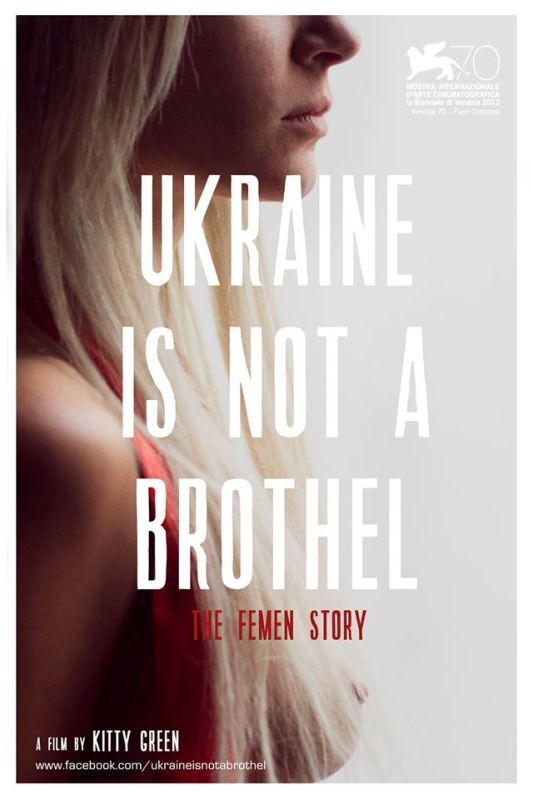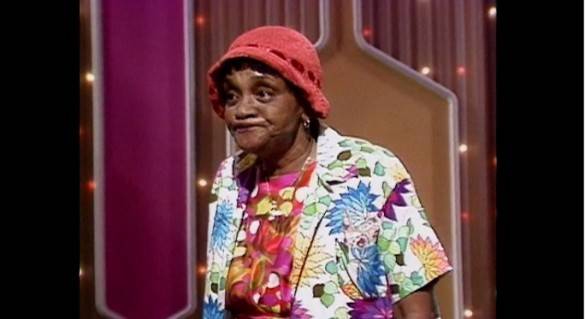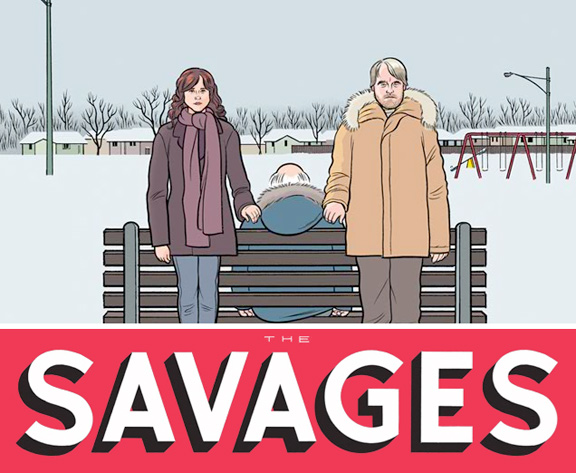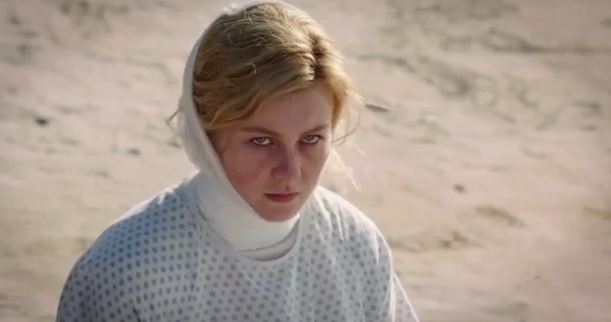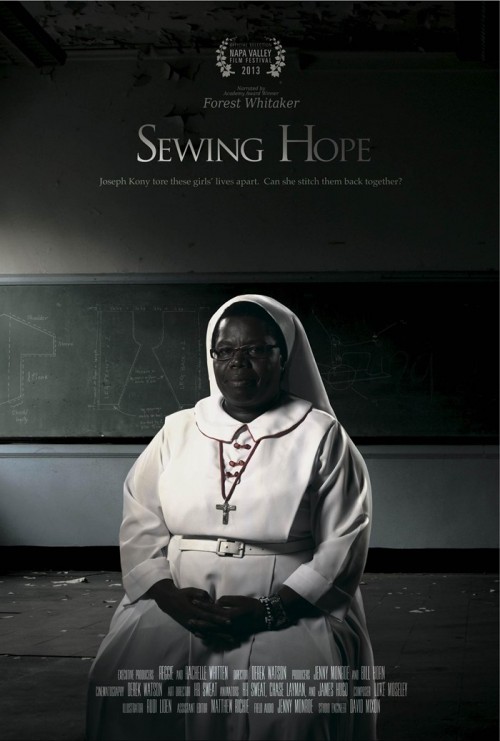This is a guest post by Mara Tasker.
We all know that women simply are not put on screen as much as men are. This is partially due to the fact that there are fewer women creating films than men and partially due to the beloved foreign sales model in the film industry that seems to reflect that men create more of a return at the box office. I have been on calls with producers where we could make the overall budget of a film lower if we cast a woman instead of a man because simply, we didn’t have to pay her as much.
The other element worth noting in today’s films is what women are given when we finally make it to the silver screen: 28.8 percent of women on screen wear sexually revealing clothes as opposed to 7 percent of male characters; 26.2 percent get partially naked as opposed to 9.4 percent of men. These numbers all but continue to increase.
So since Hollywood likes to undress us, let’s peel off the industry’s clothes in return and look at how nearly naked women in films get to live compare to the more rarely seen nearly naked man. On the male side, let’s look at the The Full Monty and Magic Mike, two completely entertaining and hilarious films where guys get to let loose in one way or another and genuinely enjoy the absurdity of their time as male strippers. In Magic Mike, Mike Lane has bigger dreams than his stage life would suggest. He’s not a career stripper but he definitely gets a kick out of what he’s doing. He gets to party and he loves money, drinks and women. While there are certain complications that arise in the film, he never quite doubts what his life choices have led him to and when he does have a change of heart, there is no sense of shame, no emotional disaster below the surface. When Mike ultimately decides to leave the business, we feel that he is fully capable of another life.

The Full Monty comes from a slightly less sexed up, six-pack ab packed perspective, but this one, like many, uses a downtrodden town and crushed economy to force its crew of misfit male characters into a temporary life of stage nudity. As much as I did enjoy The Full Monty for all of its quirky humor, I also find it frustrating that we can’t seem to find any humor when we put women on that same stage. Hell, we never really thought twice about Dirk Diggler in Boogie Nights and his business was far grimier. We laugh because these adult males, who we’re used to seeing occupying positions of power, are putting themselves in absurdly powerless positions where they have to dance around for their female counterparts.

It’s not so funny when we switch gears to female strippers – the tragic, weather-beaten, emotionally tormented, broke and destitute – female exotic dancer. In Gaspar Noe’s haunting film Enter the Void, Linda, our protagonist’s little sister, has turned to a life of prostitution in the neon lit Tokyo. But from her mumbled, seemingly drug induced words to her devastating circumstances of being stuck with the wrong man and despondent post abortion, it’s hard to find any levity in her circumstances as compared to the above mentioned films. There is a sense of finality to her situation. That everything has led to this and now it’s over, she’s trapped,
In Michael Radford’s Dancing at the Blue Iguana, the women featured are largely propelled by their addictions, their desperate situations, or their general outlook that life can’t be anything more. Not one of them has a future to really grab ahold of. Striptease – Demi Moore’s character uses dancing as a way of getting funds to reclaim her life. She was broke, so she danced. While Striptease and The Full Monty share a downturned economy as a narrative driver, one is treated with absurdity while the other is treated as a desperate attempt to survive. One reads like prostitution while the other reads like a night out.


Think quickly about the female strippers you have seen in films. Generally, they are depressing, defeated, and done-for characters. Think about who directed the above films. They’re all men. Think of the male strippers. They are generally funny, cocky and have a life at the end of the film that takes them out of the bar. So, what are our options? It seems that women who have to turn to these jobs never find their way out of that trap and yet men love to see us there. So where does that put us on screen and who is controlling it?

Now let me introduce you to another kind of female stripper. Her name is Sheila Johnson – the tempting, murderous and alarmingly audacious title character of a short grindhouse film called Sheila Scorned, which I wrote and am directing. We’re currently crowdfunding at Seed & Spark (link below).

Sheila is a dancer at a divey gentleman’s club. And she’s there by choice. It’s a means to an end that she is in control of. She is well aware of the fact that her sexuality could entice someone to not only pay her, but to follow her into a rabbit hole. In the opening scene, Sheila locks eyes with one particular patron. As the soft lights dance against her soft skin, she nods at his hungry expression, cueing him. The next moment we find Sheila, she’s in a back room at the club, climbing off this patron’s lap–revealing our man with a knife in his side. As he grabs at his ribs, blood leaking between his fingers…
“Do you remember me Charlie?”
His eyes bulge and he grips his side. Choking on his words…
“You bitch”
She stabs him again. Freeze frame on Sheila’s face. Cue “Bitch, I Love You” from Black Joe Lewis and the Honeybears. She walks off, fixing her hair, leaving the strip club.

Sheila is in complete control of her sexuality. She is a reaction to standard practice tropes. She goes against everything we’ve seen on a Hollywood screen. She’s not fueled by a broken heart or economy; she’s fueled by revenge. While her patrons are staring at her boobs, she’s planning their death. It’s a revenge grindhouse thriller about a woman who doesn’t give a shit and whose main goal, is to get even with one particular person.
She’s a pistol modeled after the sirens of the 70s grindhouse classics and Blaxploitation films. But she doesn’t exist on screen yet. If you like the sound of this woman and you like the sound of a female director, AD, producer, stunt coordinator, production designer and of course, leading lady, we ask you to please check out our site below. Sheila is a woman on stage, written by a woman who has studied real women on stage. She’s here to reclaim power. Sheila and women like Sheila need to exist on screen to challenge the status quo. It’s the start of a much larger conversation. And we’d love to have your voice behind us.
http://www.seedandspark.com/
______________________________________
Mara Tasker is a screenwriter and filmmaker whose current project, Sheila Scorned, is crowdfunding at Seed & Spark.
















